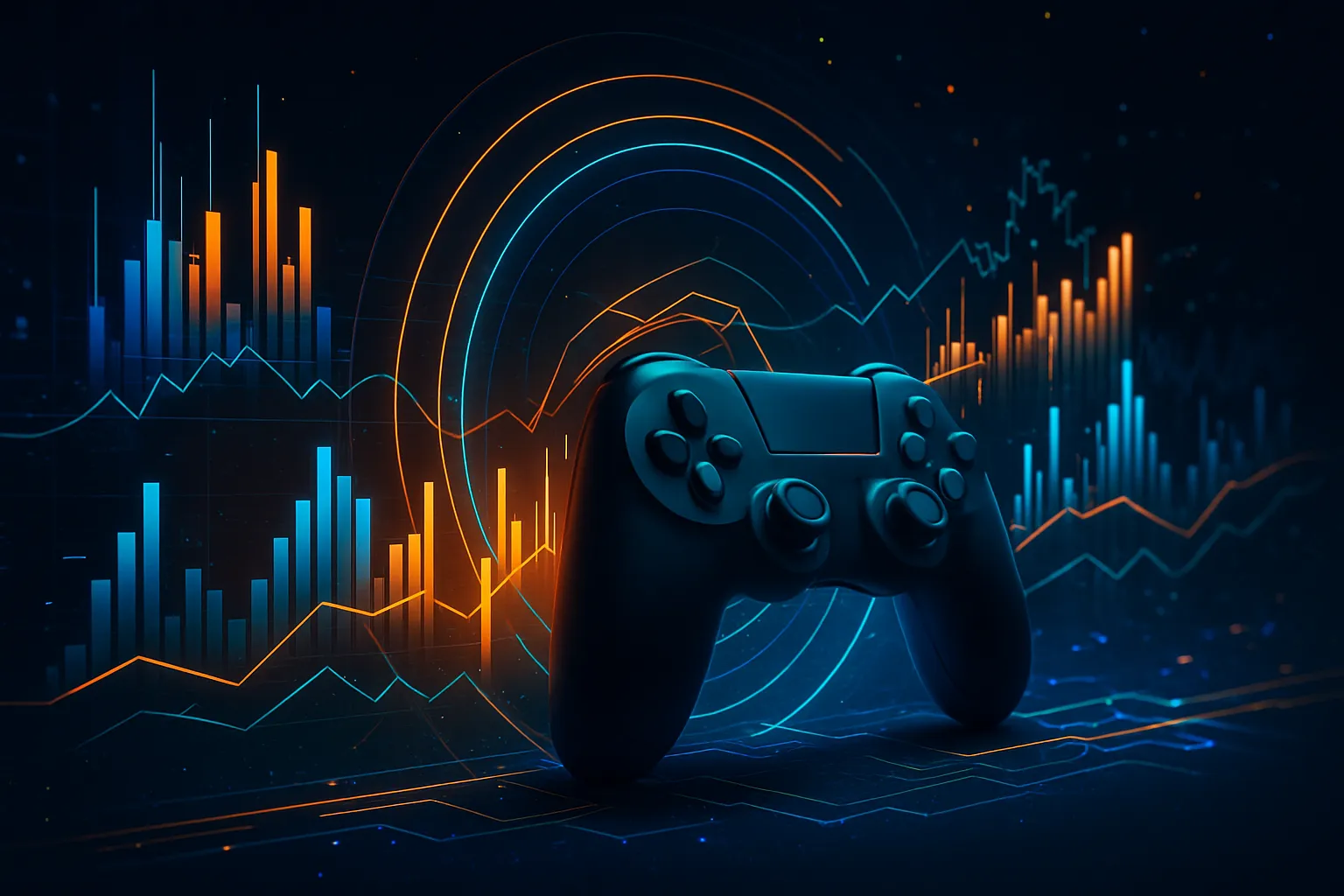
Performance Analytics & Training
Competitive gaming generates torrents of data. Every action – clicks, keystrokes, reaction times, damage dealt – can be logged and analysed. By applying statistical learning techniques such as classification, regression and clustering to this data, AI systems uncover the patterns that separate victory from defeat. Classification models categorise play styles or roles, regression models predict win probabilities based on in‑game metrics, and clustering groups similar strategies or player profiles. These insights give coaches and players a granular understanding of strengths, weaknesses and tendencies across teams.
Predictive models go beyond post‑match analysis. Real‑time dashboards and heat maps highlight positioning errors, timing issues and objective control lapses during practice. Machine‑learning algorithms can recommend specific drills to improve aim, movement or decision‑making. Generative models even create synthetic scrimmages and AI opponents that mimic common tactics, allowing players to practice against realistic scenarios without revealing their training strategies.
Professional organisations increasingly rely on data science. Esports franchises use regression to estimate a player’s value relative to peers, classification to evaluate rookies for scouting and clustering to design balanced rosters. Broadcasters employ predictive analytics to anticipate pivotal moments and cue replay packages. Game developers analyse aggregated performance data to tweak balance and design training modes. These applications demonstrate how performance analytics can elevate both competition and entertainment.
But the numbers never tell the whole story. Data quality varies across titles and tournaments, and models trained on historical results can encode outdated metas or regional biases. Focusing solely on quantifiable metrics risks neglecting intangible qualities like communication, resilience and team chemistry. To avoid these pitfalls, analysts should combine machine insights with human expertise, continually validate models and remain transparent about limitations. When used ethically, AI‑driven performance analytics empower players to learn faster, adapt smarter and compete at their best.